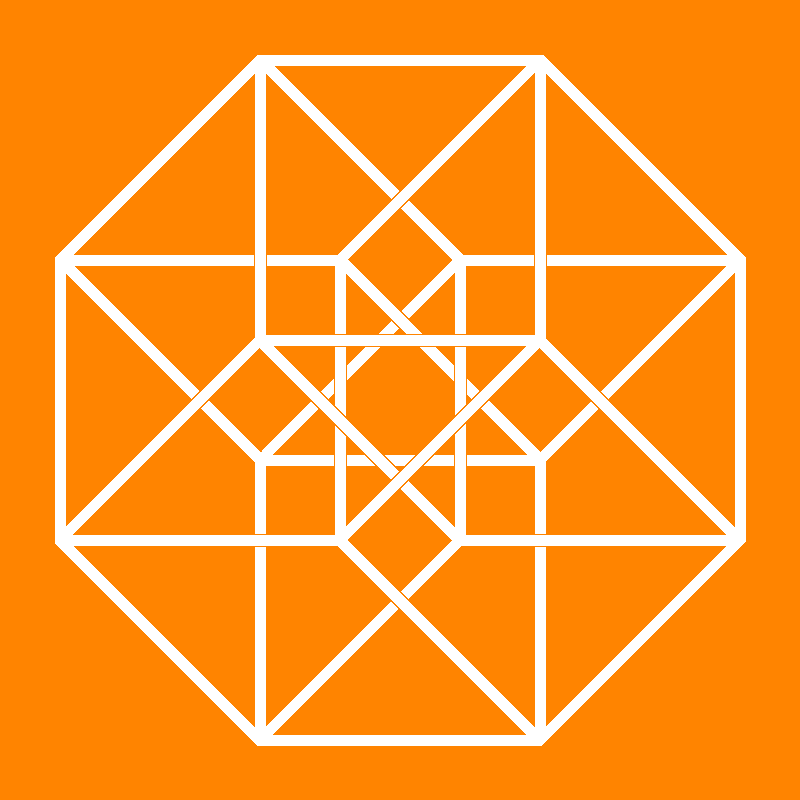
Journal for Geometry and Graphics 24 (2020), No. 1, 103--124
Copyright Heldermann Verlag 2020
Optimal Cells in Crystallography and Arts
Katalin Máthé
Institute of Applied Arts, Department of Design, Sopron University, Hungary
mathe.katalin@gmail.com
Jenö Szirmai
Institute of Mathematics, University of Technology and Economics, Egry Jozsef utca 1, 1521 Budapest, Hungary
szirmai@math.bme.hu
This is an overview on ball packings in different geometries. However, parallel to reported mathematical results we discuss various appearances of related phenomena in arts and architecture. The ball (or sphere) packing problem with equal balls, without any symmetry assumption, in a 3-dimensional space of constant curvature is a very intensively researched area of geometry. In the Euclidean space the famous Kepler conjecture was settled by Thomas Hales and in other spaces of constant curvatures was partially solved by Böröczky and Florian. However, in the hyperbolic space many open questions still need to be answered. In each considered geometry, to every optimal ball packing configuration belongs a tiling, e.g., Dirichlet-Voronoi tiling. Their tile types play important roles in the crystallography. Throughout human history the phenomenon of space and its orderliness has been intriguing artists as well, who, at many instances has intuited spatial configurations that bear striking resemblances with the outcomes of scientific research done in this field. In an attempt to blur a rather artificial boundary between the sciences and the arts, the ball packing problems unfolded in this article will be illustrated not only with mathematical visuals but with relatable artefacts and short introductions to their contexts.
Keywords: Thurston geometries, hyperbolic geometry, ball packings, geometry in architecture and arts.
MSC: 00A66; 52C15, 52C17, 51M10.
[ Fulltext-pdf (2096 KB)]